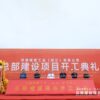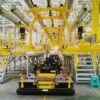At the CeMAT ASIA logistics exhibition in June, Robot Phoenix unveiled its PLC QR code navigation lifting mobile robot. Since then, its ODM model has supported the Phoenix autonomous controller and up to eight domestic and international controller brands, including Siemens. With its unique customization capabilities across eight systems, it offers a product lineup of 300 different configurations, truly achieving the goal of simplicity in AGV production.
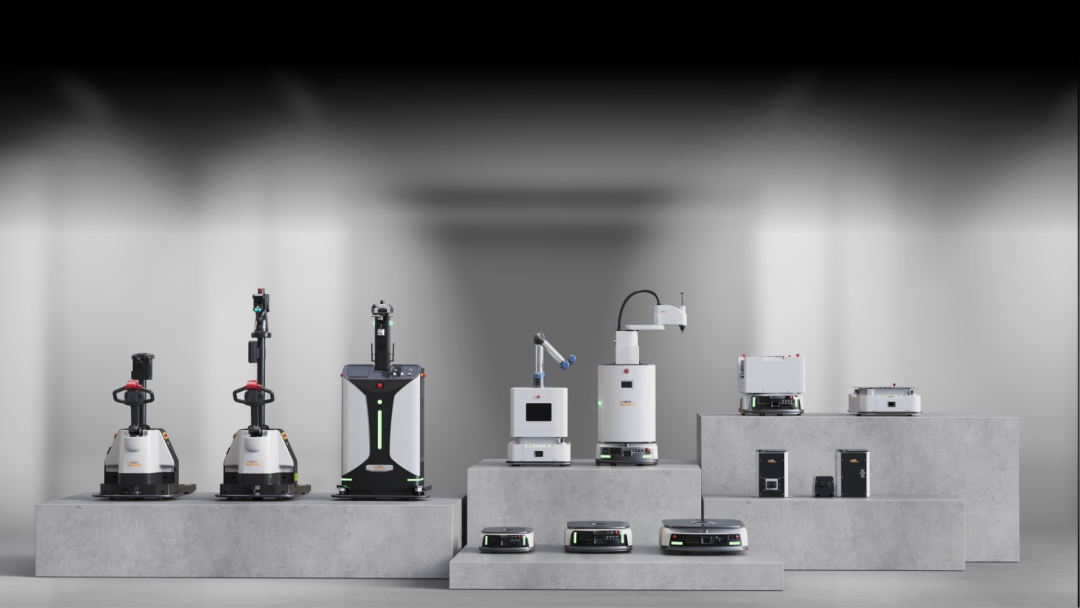
Robot Phoenix aims to provide high-quality ODM services to industry clients by reshaping its ecological niche.
While the OEM model focuses on manufacturing products according to client specifications, the ODM model includes design and development, which is less common in the mobile robotics sector. By adopting this model, manufacturers can concentrate on core R&D while outsourcing production and certain design aspects, enhancing specialization. Robot Phoenix seeks to become the “Foxconn” of the AGV industry, emphasizing strict quality control through a comprehensive quality management system to ensure high product quality and efficient production.
For Robot Phoenix, “Quality control is not just a process, but a philosophy.” To better ensure product quality, even before reaching a billion in sales, the company invested nearly ten million yuan to build multiple laboratories within its factory, including a quiet lab, high and low-temperature lab, laser calibration lab, and electromagnetic lab.
In addition to product development testing, Robot Phoenix strongly emphasizes quality inspection before products leave the factory. They believe that minimizing production costs requires automation and standardized processes. However, given the industry’s reliance on customized solutions, manual assembly remains necessary. To ensure quality and eliminate human error, merely relying on standard operating procedures (SOPs) is insufficient. Therefore, Robot Phoenix has engaged a third-party inspection company, Ward, to conduct rigorous testing and issue certificates of compliance for each product.
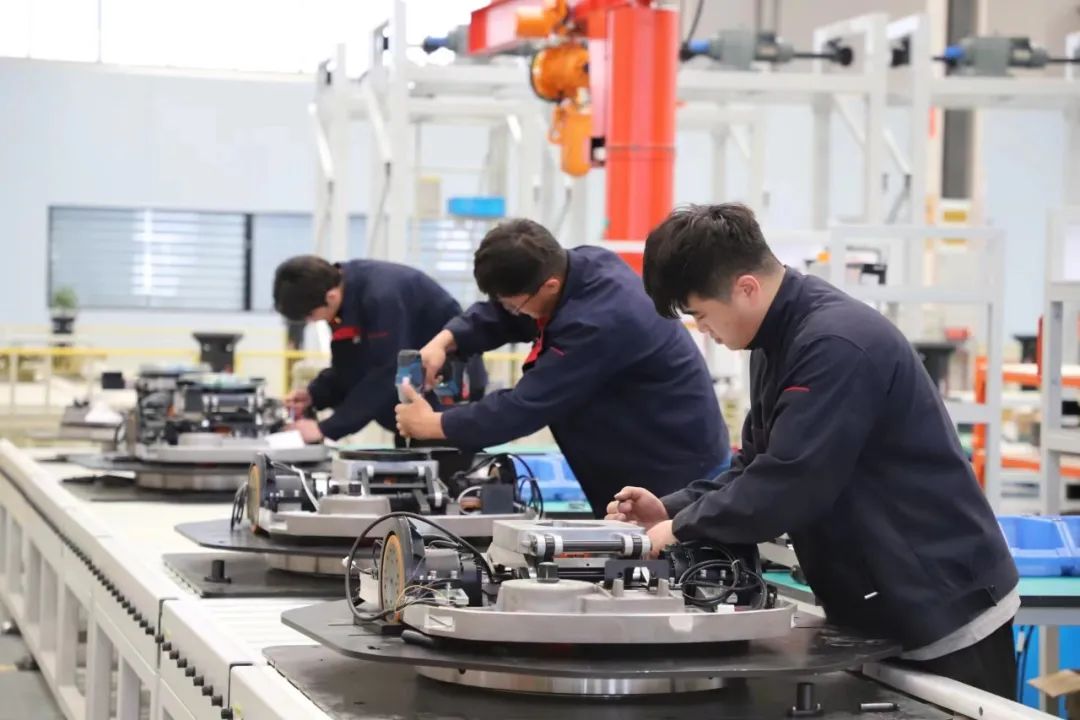
To tackle the challenge of maintaining product quality stability, Robot Phoenix’s factory design moves away from the traditional “one person, one desk” manual assembly approach, opting instead for an assembly line format that allows workers to focus on single tasks. This reduces learning costs and the probability of errors, thereby improving both production efficiency and product quality.
On July 29, Robot Phoenix held a grand signing ceremony for its E-round financing in Beijing with Yanzhi Investment, a well-known fund management company under a major state-owned enterprise, and its Linyi Fund. It was announced that the E-round financing will support the construction of a standard AGV production factory, designed to produce an AGV chassis every 20 minutes using self-manufactured robots.
Launching the “GAIA Program” to Enhance Supply Stability
In quality management, the supply chain plays a crucial role, directly impacting the quality and stability of raw materials, components, and final products.
Robot Phoenix has implemented several measures to optimize supply chain management. Firstly, the company establishes long-term partnerships with single or designated suppliers, allowing them to focus on producing specific models of products, which in turn helps maintain quality control. Secondly, Robot Phoenix adopts a monthly quantitative procurement model on an annual basis, enabling component suppliers to avoid the need for overtime during seasonal order peaks, thus balancing supply and demand and ensuring smooth production operations.
As part of its supply chain management efforts, Robot Phoenix has launched the “GAIA Program,” aimed at promoting an open supply chain system within the mobile robotics industry by advocating for the separation of software, chassis, and delivery. This approach seeks to lower procurement costs while ensuring that suppliers’ interests are not compromised, ultimately creating the most cost-effective chassis and fostering industry specialization for greater prosperity.
Through the “GAIA Program,” Robot Phoenix hopes to deliver more unified and standardized products across the industry, thereby reducing manufacturing costs and enhancing supply stability.
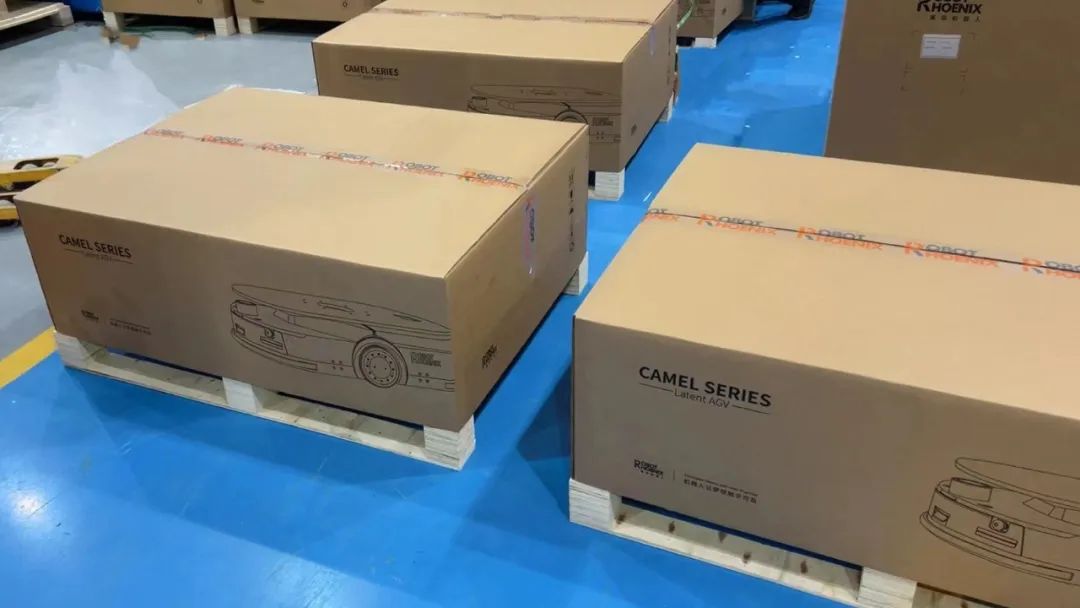
While many mobile robot manufacturers bear the responsibilities of product manufacturing, integration, and delivery, Robot Phoenix has taken the lead in introducing the ODM model within the industry. This initiative aims to realign value to its core and promote collaboration and division of labor within the mobile robotics sector.
With a vision for the future, Robot Phoenix continues to advance steadily. As a comprehensive robotics company, it has garnered national honors such as the “Specialized and Innovative” small giant enterprise award and has received coverage from major media outlets, including CCTV. The company’s innovative narrative is reaching new heights, and it remains committed to its principle of quality first, continually innovating and improving.

